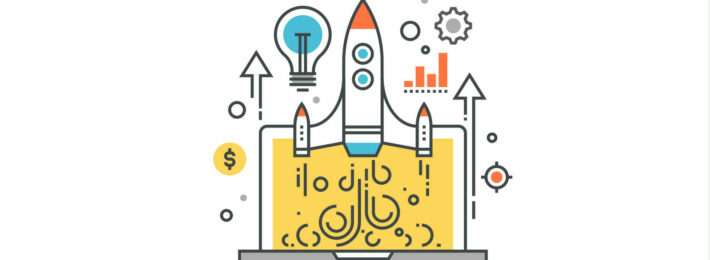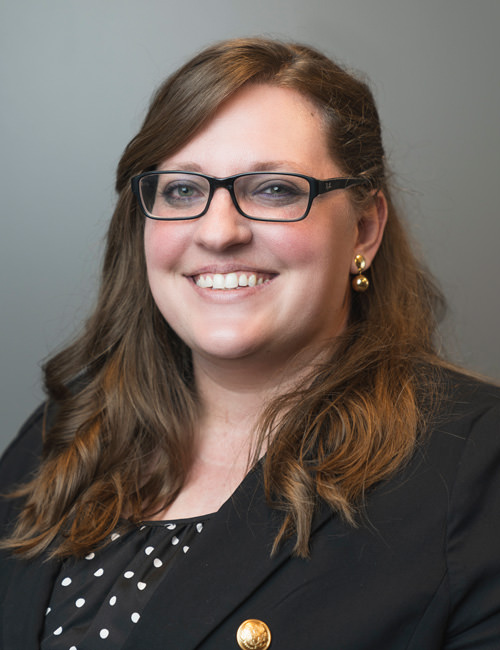
Incidents such as Centenary College’s decision in 2010 to discontinue a program in China due to the high incidence of cheating among the program’s students raise the question of how to clearly communicate (and police) academic honesty, not only among international students but also among domestic students. Given that many cases of inappropriate academic behavior arise from a fundamental misunderstanding of what constitutes academic work (rather than from an intention to cheat), relying on Turnitin and similar services to “catch” plagiarists is not by itself enough to address the issue.
We asked Tony Bates, president and CEO of Tony Bates Associates Ltd. and a key researcher on teaching and learning in the digital age, to offer a fresh perspective on how colleges can encourage the academic success of their students by addressing expectations around academic honesty more proactively.
Diagnosing the Issue
Bates suggests that the key issue is not getting students to adhere to rules, but getting them to develop the learning skills needed to succeed in an increasingly collaborative learning environment. Students need to be assessed not only on course content but also on critical learning skills, including:
- How well they reference sources
- How well they acknowledge the work of others
- Their contributions to collaborative work
- Their ability to separate their own contributions and conclusions from those of others in a collaborative learning environment
Tony Bates, Tony Bates Associates Ltd.
The difficulty, as Bates and others have suggested, is that the concept of intellectual property and what constitutes “cheating” is in flux both inside and outside of the classroom. Bates remarks, “What medical student now tries to remember all the possible drug interactions, but instead learns where to look up the information? If she did that in an exam, would it be cheating? The Hewlett Foundation and prestigious schools such as MIT extol the use of open content and the free flow of knowledge. Students helping each other with their assignments used to be called ‘cheating,’ but is now called ‘collaborative learning.'”
3 Critical Steps to Take
Given this climate, Bates recommends three critical steps to help students internalize academic integrity principles and develop appropriate learning skills:
- Create course-specific documents that clarify what academic behavior is not acceptable
- Use first offenses as teachable moments
- Integrate teaching on academic honesty and collaborative work into the first week of some first-year courses
“Some students will still cheat,” Bates says, “even when they know the rules, and these cases should be identified and the institutional penalties enforced.” But there are steps educators can take to help foster both an understanding and a climate of academic honesty in the classroom.
1. Clarify What Isn’t Acceptable
“Often rules, values, and principles about how to behave as a student are taken for granted, implicit, or unclear. You may know them, but often students don’t. Institutional policy is sometimes buried deep in unfriendly documentation that is difficult for students to find or understand. Make sure students know where you stand from the very beginning of the course.”Tony Bates, Tony Bates Associates Ltd.
Bates recommends encouraging instructors to prepare a document that outlines “appropriate academic behavior.” By supplementing the institutional policy on plagiarism with a course-specific document, an instructor can offer specific, concrete examples relevant to a particular course. Bates also suggests making sure these documents address more than just plagiarism in academic writing. Be clear on what constitutes acceptable and unacceptable behavior in plagiarism, citation, collaborative work, sharing, and copying notes from other students. “Often these behaviors are not black and white,” Bates warns, “but have shades of gray. You need to be clear with your students on where the boundaries are.”
2. Use Breaches of Policy as Teachable Moments
Many institutions have adopted a zero-tolerance no-plagiarism policy (for instance, requiring instructors to assigning a failing grade for the course to a student who included plagiarized content in an assignment), but Bates worries that this strict approach sacrifices the opportunity for teachable moments.
“Instead of coming down heavily on a student who has broken the rules,” Bates suggests, “make this a teaching opportunity the first time it occurs. Without identifying the student, give the example and ask the students what they think about this. When the discussion has run its course, give your and/or the institution’s position, and make it clear that there are consequences if this happens again.”
3. Integrate Teaching on Academic Honesty into First-Year Courses
First-year undergraduate courses present a critical opportunity to both reinforce policies on academic honesty and help students develop research and collaborative learning skills appropriately. During the first week of a course, an instructor can help set students up for academic success by walking them, interactively, through possible scenarios.
Bates offers one example of an exercise that has seen success in his own courses:
- Place the students in small groups of three or four
- Assign each group an exercise that involves finding information about one of the course topics (make sure to include guidelines on identifying sources and expectations for collaborative work)
- Ask each group to produce a page or two showing what they found
- Select three or four examples to discuss with the class the following week
When debriefing the examples, include discussion of whether these examples have followed the guidelines on citation and proper use of sources and the guidelines for collaborative group work. Bates suggests making this an ungraded (or minimally graded) exercise but having an open conversation about how the examples would have been graded, and why. “Encourage students to comment or ask questions, especially about how to assess collaborative work,” he says.
Many issues and misconceptions your students have will arise during this first exercise, in a low-threat environment, as opposed to arising later during a critical point in their work. This exercise also allows the students to explore the issues while beginning their actual work toward the course’s learning outcomes.


